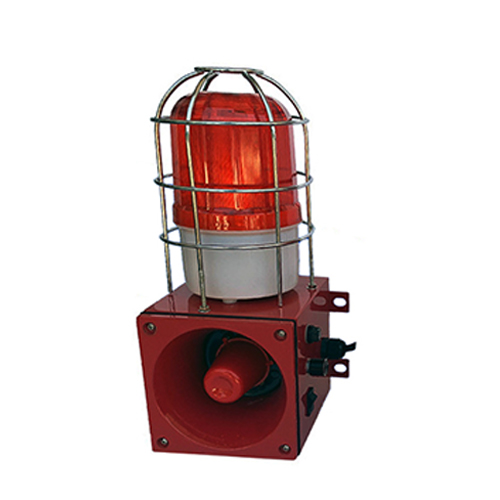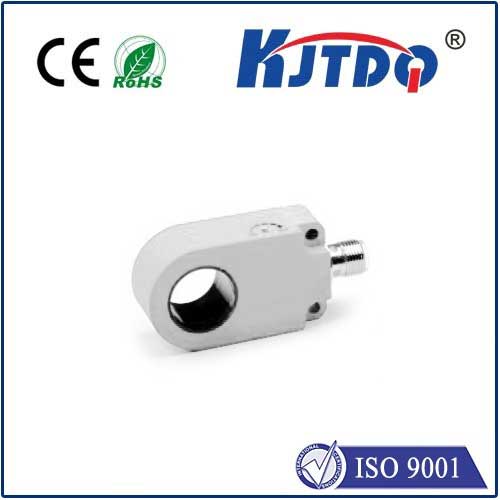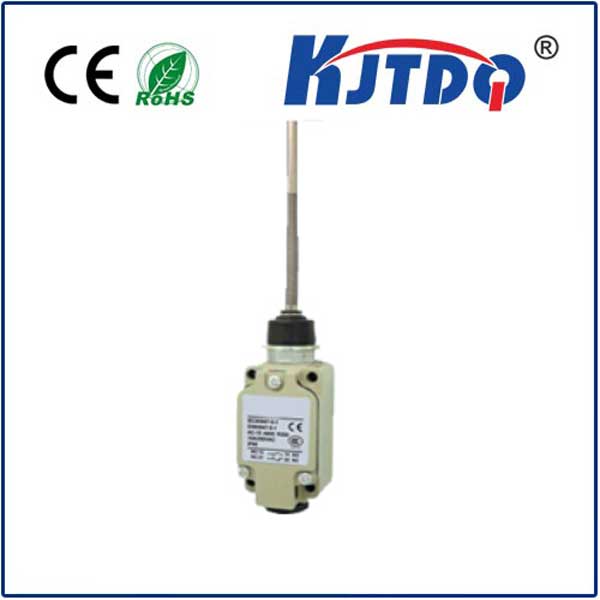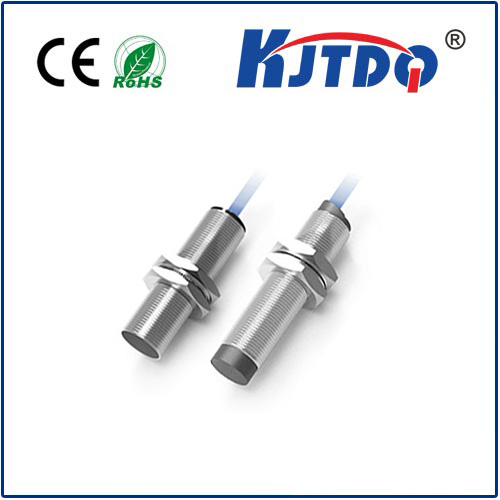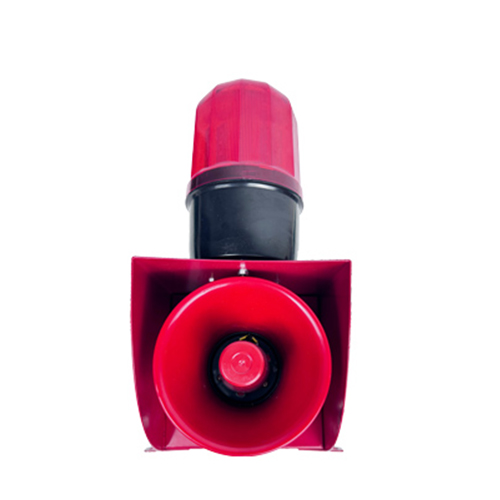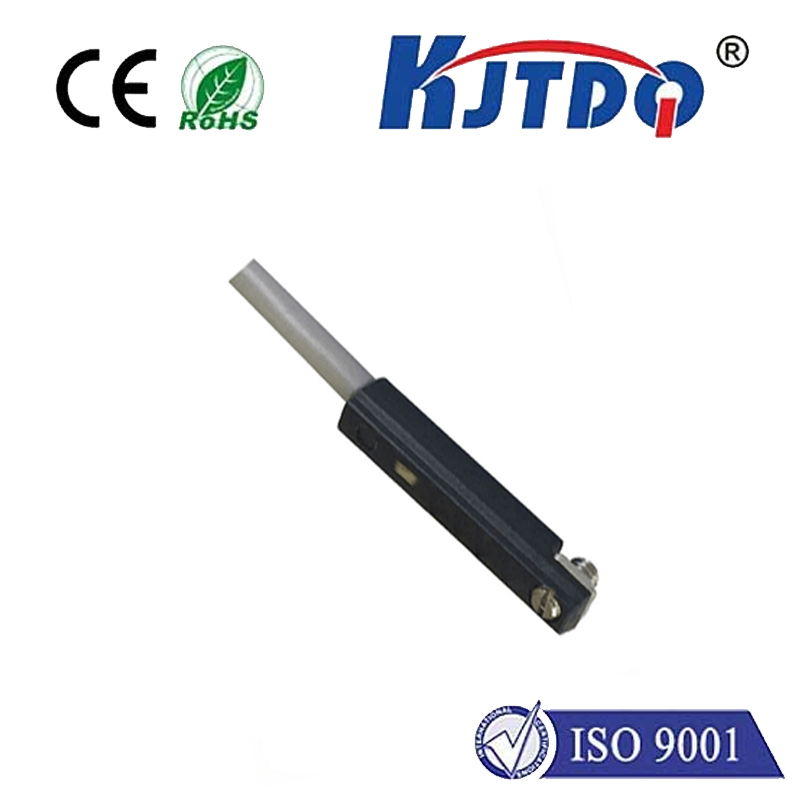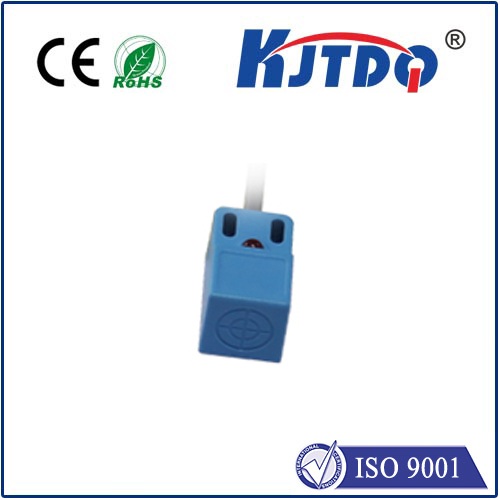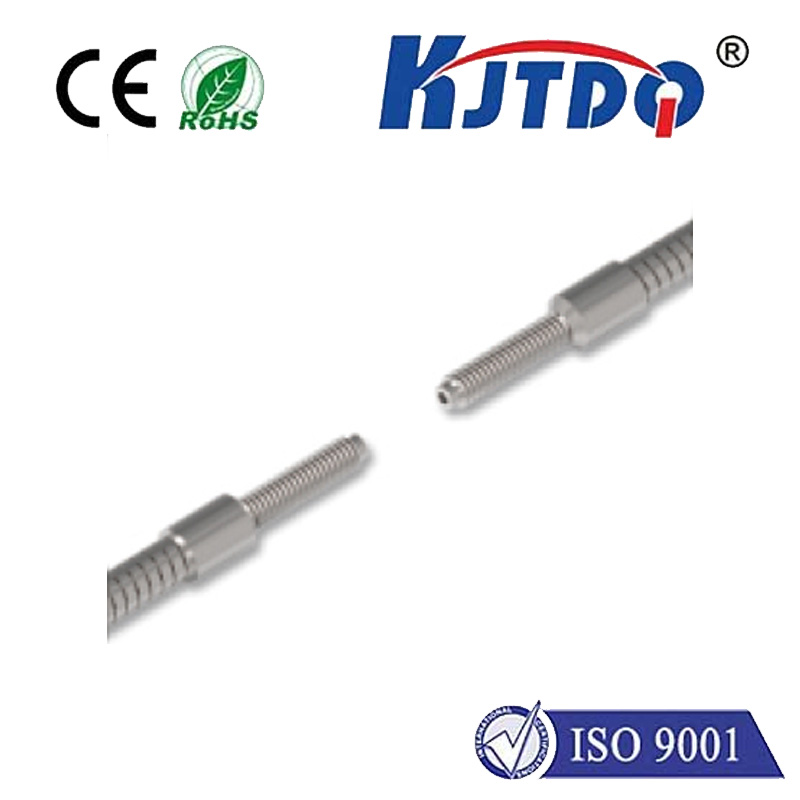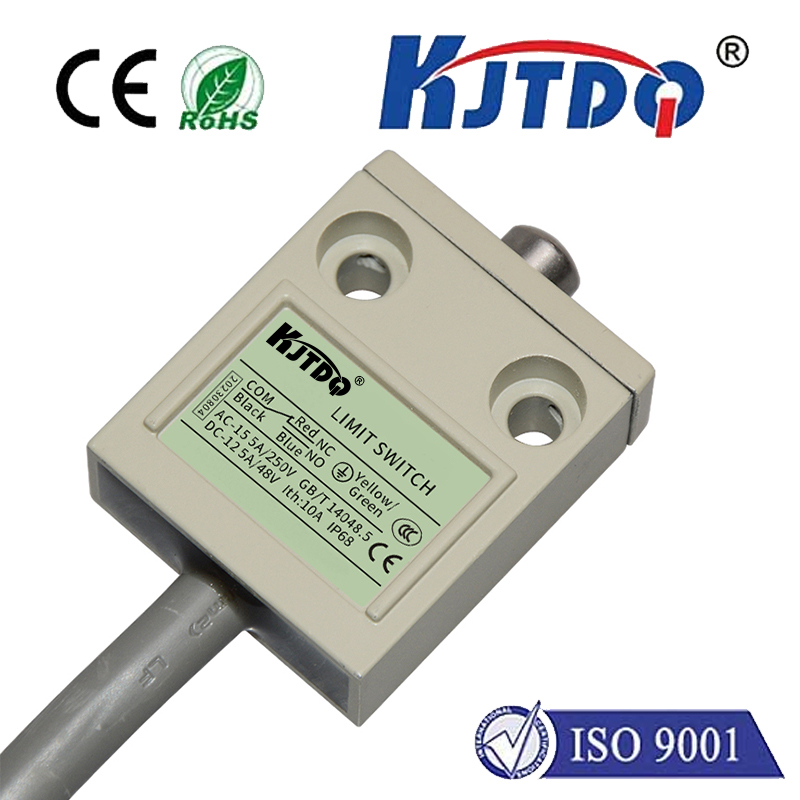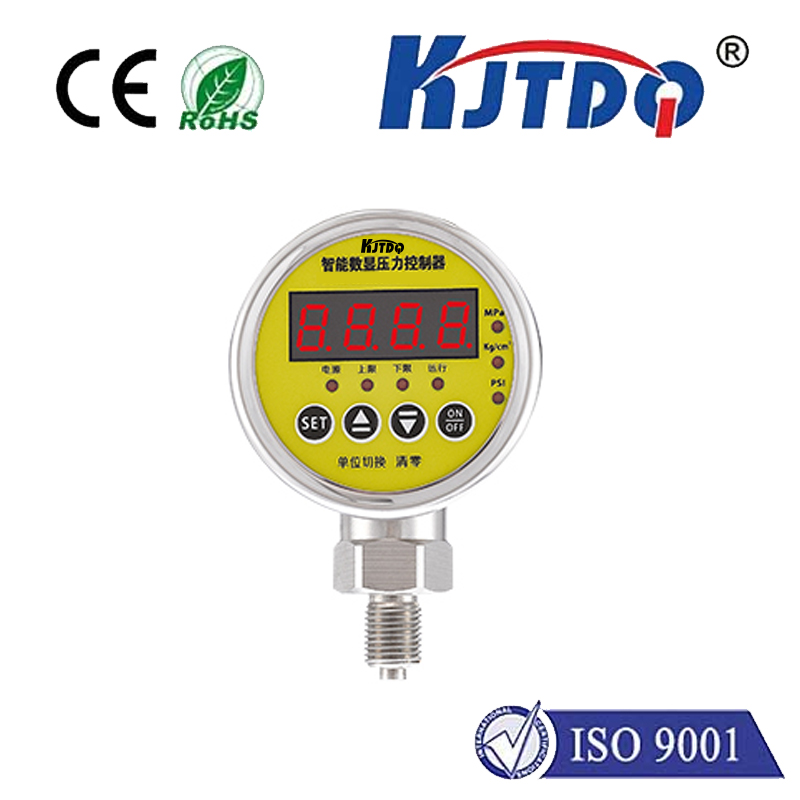

check

check

check

check
Proximity Sensor Radar: Enhancing Safety and Efficiency in Modern Technology
In today’s rapidly evolving technological landscape, the integration of advanced sensors and radar systems has become a cornerstone of modern automation and safety. Among these innovations, proximity sensor radar stands out as a powerful tool that enhances the performance of various applications, from industrial machinery to consumer electronics. This article explores the principles, applications, and benefits of proximity sensor radar, highlighting how it is shaping the future of automation and safety.
What is Proximity Sensor Radar?
Proximity sensor radar is a type of sensor that detects objects within a short distance, typically less than a meter. Unlike traditional radar systems that rely on radio waves to detect objects at a distance, proximity sensor radar uses a combination of ultrasonic and infrared technology to measure the distance and speed of objects in real time. These sensors are often embedded in devices such as door closers, industrial robots, and automotive systems, enabling them to react instantly to nearby objects.
How Does Proximity Sensor Radar Work?
The operation of proximity sensor radar is based on ultrasonic principles. A transmitter emits high-frequency sound waves, which travel through the air and bounce off objects. The reflected sound waves return to the sensor, and the time it takes for the waves to return is used to calculate the distance of the object. This method is particularly effective in environments where visibility is limited, such as in dark or cluttered spaces.

In some cases, infrared sensors are used in conjunction with ultrasonic sensors to improve accuracy and reliability. Infrared sensors detect changes in light reflected from objects, making them suitable for use in environments with high levels of dust or moisture. Together, these technologies provide a robust and versatile solution for detecting objects at close range.
Applications in Industry and Everyday Life
Proximity sensor radar has a wide range of applications across various industries. In manufacturing, these sensors are used in robotic arms to detect objects and prevent collisions, ensuring safe and efficient production. In automotive sectors, proximity sensors are integrated into car door closers, airbag systems, and anti-lock braking systems (ABS) to enhance safety and responsiveness.
In consumer electronics, proximity sensor radar is commonly found in devices such as smartphones, smart home systems, and gaming consoles. These sensors help in detecting the presence of a user, enabling features like automatic screen brightness adjustment or gesture recognition.
Benefits of Proximity Sensor Radar
One of the key advantages of proximity sensor radar is its real-time detection capability. Unlike traditional sensors that may require a delay in response, proximity sensors provide immediate feedback, which is crucial in applications where speed and accuracy are essential. Additionally, these sensors are energy-efficient, making them ideal for use in battery-powered devices.
Another significant benefit is their reliability in challenging environments. Whether in a dusty factory or a wet workshop, proximity sensor radar continues to function effectively, ensuring consistent performance without the need for frequent maintenance.
Challenges and Future Developments
Despite its many advantages, proximity sensor radar is not without its challenges. One of the main issues is accuracy in low-light conditions. In environments with limited visibility, the performance of these sensors can be affected. Researchers are actively working on improving the sensitivity and range of these sensors to address this limitation.
Looking ahead, the future of proximity sensor radar is promising. Advancements in machine learning and AI are expected to enhance the capabilities of these sensors, allowing them to adapt to different environments and improve their decision-making processes. As technology continues to evolve, proximity sensor radar will play an increasingly important role in shaping the next generation of automation and safety systems.
Conclusion
Proximity sensor radar is a vital component in modern technology, offering a reliable and efficient solution for detecting objects at close range. Whether in industrial settings or everyday devices, these sensors are transforming how we interact with technology. As innovation continues to advance, the potential of proximity sensor radar will only grow, paving the way for a safer and more intelligent future.
